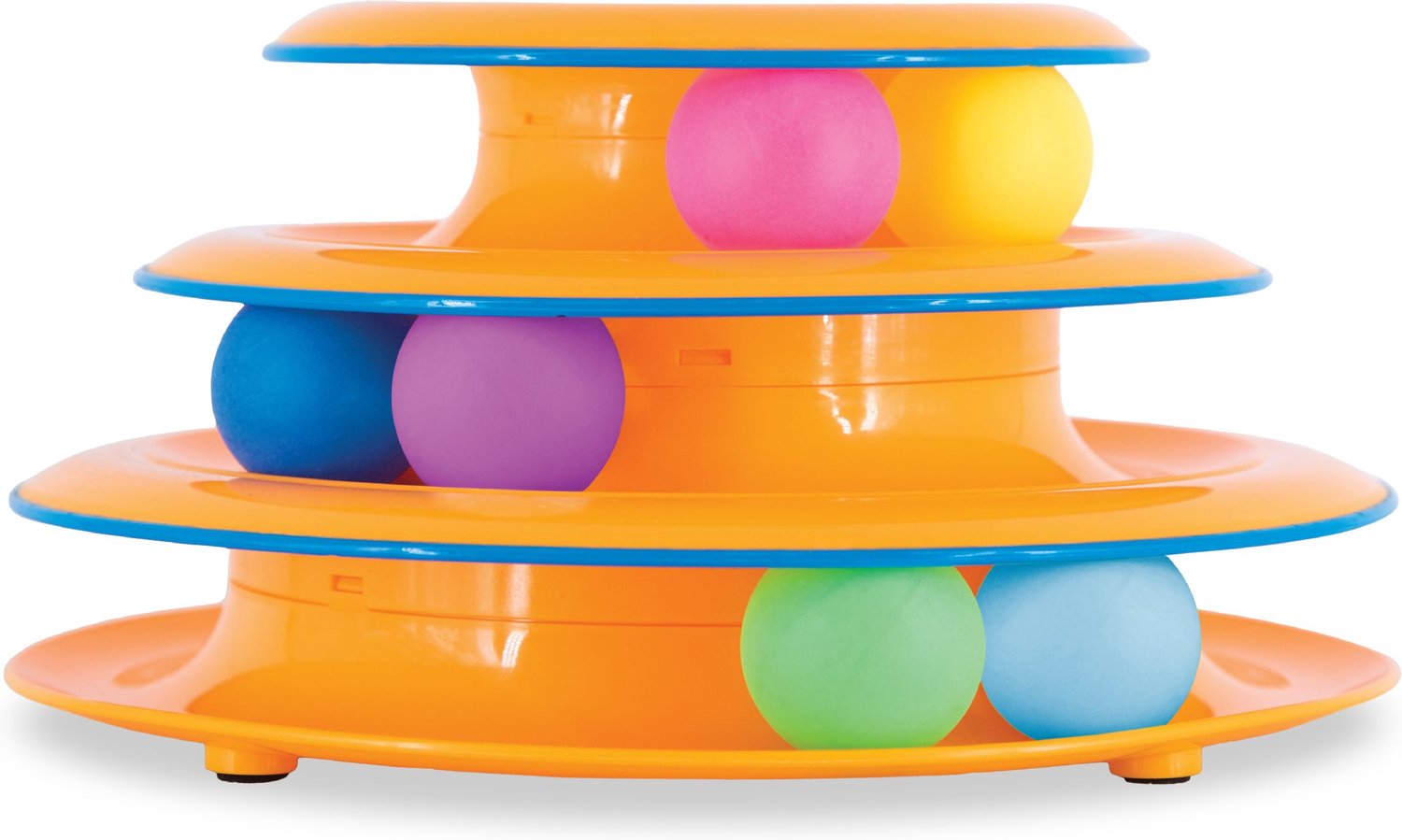KidKraft Waterfall Mountain Wooden Train Set & Table with 120 Pieces, 3 Storage Bins
Brilliantly detailed wooden pieces. Colorfully illustrated, durable play surface. Big enough for kids to play together. Smart, sturdy construction. Packaged with detailed, step-by-step assembly instructions.
The KidKraft Waterfall Mountain Train Table Set is perfect for little conductors. With 120 colorful pieces, kids will love the adventure of pushing the train around and through a gentle waterfall and over a suspension bridge. A crane lifts and lowers cargo onto the train and a helicopter soars over the town with blades spinning. When it’s time to clean up, the whole set fits into convenient removable storage bins. The whole set is carefully crafted for safety, and to provide endless hours of creative fun.
- Brilliantly detailed wooden pieces
- Colorfully illustrated, durable play surface
- Big enough for kids to play together
- Smart, sturdy construction
- Packaged with detailed, step-by-step assembly instructions
Additional information
| Manufacturer Part Number | 17850 |
|---|---|
| Model | 17850 |
| Assembled Product Weight | 54.0 lb |
| Assembled Product Dimensions (L x W x H) | 48.75 x 34.50 x 16.00 Inches |






by Jessica
What a great quality product! Assembly was easy. So many accessories! Really let’s a child’s imagination take flight! There are so many configurations and other uses for the table. Definitely worth the price. The added storage bins slide in and out nicely for neat and tidy storage. Keep in mind that the storage bins are not meant for many heavy items. I found that the bins just drop out if items were too heavy. Both of my children ages 4 and 7 enjoy this product. A great buy!
by Jesse
Cute little table with lots of accessories. Easy assembly. We were completely missing the pieces to put the storage containers in so I’m being generous and in giving 4 stars instead of 3 because now our bins just have to be slid underneath which isn’t as easily accessed by our 2 year old or us
by Cassie
My son got this for Christmas and he absolutely loved it!
by Corinne
Big, but my kids enjoy it!
by Steve
The other side of the table flips over to make a really cute table.
by Steve
Very big, takes up some room. It needs to set in the middle of the room so they have room to walk all the way around it. Very bright and lots of activity that attracts the attention of children. My grandson absolutely loves it!
by Joseph
Easy to assemble. My son loves it. It’s a wonderful play set for your little ones.